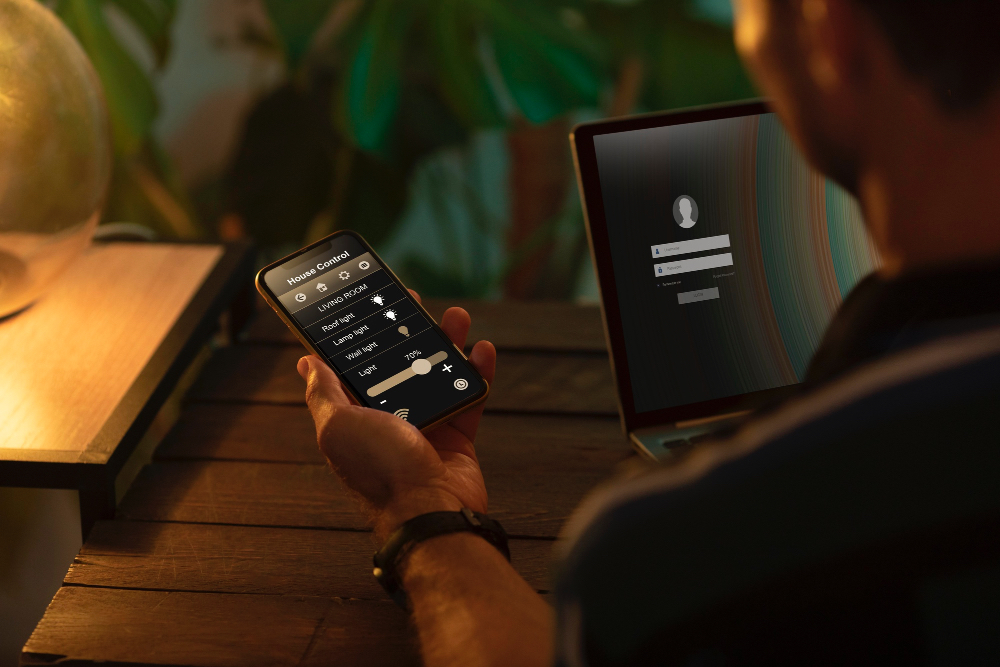Last updated on
Prefabricated homes are emerging as a viable solution for those looking to build sustainable and eco-friendly homes. With advancements in technology and design, these homes offer numerous benefits for both the environment and homeowners. This article will explore the key aspects of building an eco-friendly prefabricated home.
In today’s rapidly transforming world, sustainability has become a crucial consideration for homeowners. Prefabricated homes offer an innovative approach to eco-friendly living, combining efficiency with environmental responsibility. By choosing this type of construction, you can significantly reduce your carbon footprint while enjoying a modern, comfortable living space.
The Importance of Sustainable Building Practices

Sustainable building practices are essential for minimizing the impact of construction on the environment. By utilizing eco-friendly materials and energy-efficient designs, prefabricated homes can contribute to a more sustainable future.
When considering this option, think about these Five Questions to Ask Your Home Builder to ensure that your new home meets your sustainability goals and that you choose the right builder for your new home.
One significant advantage of prefabricated homes is their reduced construction time. Since these homes are built in a controlled factory environment, they require less time to assemble on-site, resulting in less waste and lower emissions. Additionally, many manufacturers use recycled or renewable materials, further enhancing the environmental benefits.
Moreover, prefabricated homes often feature advanced insulation and energy-efficient systems that reduce energy consumption. By incorporating renewable energy sources such as solar panels or wind turbines, you can create a self-sustaining home that minimizes reliance on non-renewable resources.
Choosing the Right Materials for Your Prefabricated Home
Selecting the appropriate materials for your prefabricated home is crucial for ensuring its sustainability and longevity. Many builders offer options such as bamboo flooring, reclaimed wood and low-VOC (volatile organic compounds) paints. These materials not only contribute to a healthier indoor environment but also reduce the overall environmental impact of your home.
When working with builders like Rockford Homes, it is essential to discuss the materials they use and their sourcing practices. Opting for locally sourced materials can reduce transportation emissions and support local economies. Additionally, it is important to inquire about the durability and maintenance requirements of these materials to ensure they align with your long-term sustainability goals.
Another aspect to consider is the home’s design and layout. Efficient space utilization can minimize material usage and energy consumption. Open floor plans, strategically placed windows for natural lighting and passive solar heating are all design elements that can enhance the sustainability of your prefabricated home.
The Role of Technology in Sustainable Prefab Homes

Technology plays a significant role in the development and construction of sustainable prefabricated homes. Innovations such as 3D printing and modular construction techniques have revolutionized the industry, making it possible to create customized homes with minimal waste.
Smart home technologies can also be integrated into prefabricated homes to enhance energy efficiency and comfort. Automated systems for lighting, heating and cooling can optimize energy usage based on occupancy patterns and weather conditions.
Additionally, advanced water management systems can reduce water consumption through efficient fixtures and rainwater harvesting.
By staying informed about the latest technological advancements in green building, you can make more informed decisions about your prefabricated home project. Collaborating with experienced builders like Rockford Homes who are knowledgeable about these technologies ensures that your home is both cutting-edge and eco-friendly.
Planning for a Sustainable Future
As you embark on the journey of building an eco-friendly prefabricated home, careful planning is essential for achieving your sustainability goals. Start by conducting thorough research on different builders and their practices. Engage in discussions about their approach to sustainability and how they incorporate eco-friendly features into their designs.
Consider factors such as energy efficiency, water conservation and waste reduction when planning your home. Investing in high-quality insulation, energy-efficient appliances and renewable energy systems can lead to long-term savings on utility bills while reducing your environmental impact.
Lastly, think about the future adaptability of your home. Sustainable living is an ongoing process that may require updates and modifications over time. Choose flexible designs that allow for easy upgrades or expansions to accommodate evolving needs and technologies.
Table of Contents




